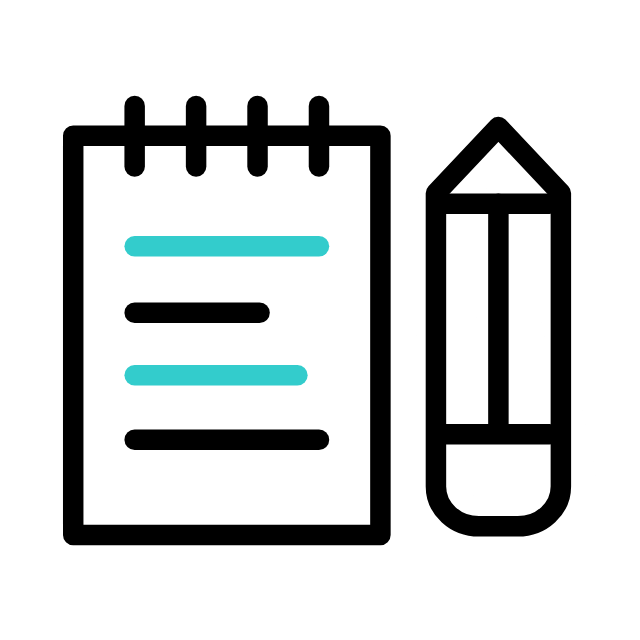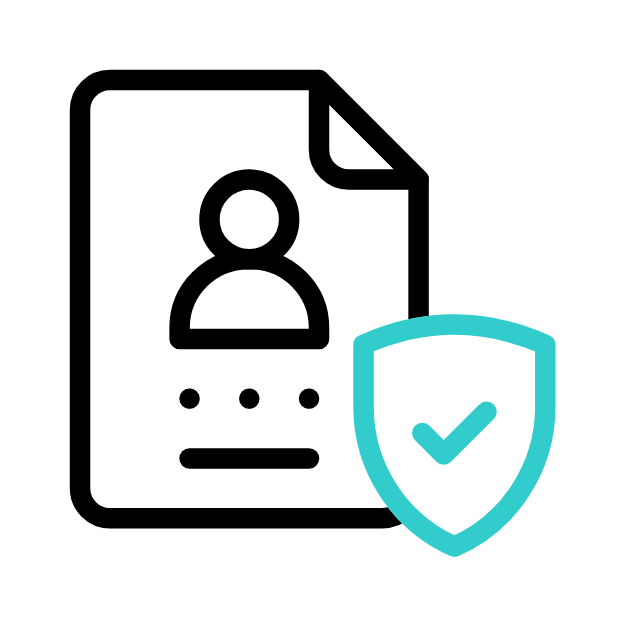IMPACT OF HUMOR AS A PEPAGOGIC TOOL AND WAYS OF APPLYING IT IN THE SECOND CLASSROOM SETTING
Maqola haqida umumiy ma'lumotlar
In foreign language lessons, it is typical and highly encouraged to study new topics based on real sources. Consequently, adopting humour in the classroom may give a variety of advantages, such as fostering a more welcoming environment and decreasing tension and discomfort among students and learners. Despite this, many instructors avoid utilizing hilarious materials in the classroom since students may have trouble comprehending them, which might be seen as a lack of competency. Consequently, there may be confusion over the most successful kind of comedy method. In this article, many comedy tactics will be covered, which is why misunderstandings should not be interpreted as instructor ineptitude. Authentic resources, including spontaneous comedy, memes, and drawings in the target language.
1. Abduramanova, D. V. (2021). Teaching foreign language using information and communication technology in pedagogical aspects. "Экономика и социум" №11(90), Россия.
2. Abduramanova, D. V. (2021). METHODS OF TEACHING ENGLISH AS A FOREIGN LANGUAGE. ACADEMIC RESEARCH IN EDUCATIONAL SCIENCES, 2(8), 260-263.
3. Abduramanova, D., Aliyev, D., & Rasulmetova, S. (2021). STUDENT AUTONOMY AS A PRINCIPLE OF ORGANIZATION OF LEARNING FOREIGN LANGUAGES. ACADEMIC RESEARCH IN EDUCATIONAL SCIENCES, 2(5), 1588-1593
4. Abduramanova, D. V. (2021). TEACHING HETEROGENEOUS CLASSES. ACADEMIC RESEARCH IN EDUCATIONAL SCIENCES, 2(3), 966-970. DOI: 10.24411/2181-1385-2021-00494
5. Abduramanova, D., & Rasulmetova, S. (2020). UNDERSTANDING THE RELATIONSHIP OF LANGUAGE CULTURE AND SOCIETY. Academic Research in Educational Sciences, 1 (3), 1262-1265.
6. Abduramanova, D. V. (2020). SIGNIFICAT FEATURES OF ORGANIZING SCIENTIFIC EXTRA-CURRICULAR ACTIVITIES. Academic Research in Educational Sciences, 1 (3), 718-722.
7. Krashen, S. (1982). Theory versus practice in language training. In Blair (Ed.), Innovative Approaches to Language Teaching. Rowley, MA: Newbury House.
8. Welker, W. A. (1977). Humor in education: A foundation for wholesome living. College Student Journal, 11, 252-252.
9. Attardo, S. (2008). A primer for the linguistics of humor. In V. Raskin (Ed.), The Primer of Humor Research (pp. 101155). Berlin, Germany: Mouton de Gruyter.
10. Wilson, D., & Sperber, D. (2006). Relevance theory. In L. Horn & G. Ward (Eds.), The Handbook of Pragmatics, (pp. 607-632). Oxford, England: Blackwell.
11. Lehtimaja, I. (2011). Teacher-oriented address terms in students’ reproach turns. Linguistics and Education, 22, 348-363.
12. Long, M. H. (1996). The role of the linguistic environment in second language acquisition. In W. C. Ritchie & T. K. Bhatia (Eds.), Handbook of second language acquisition (pp. 413-468).
13. Gorham, J., & Christophel, D. M. (1990). The relationship of teachers’ use of humor in the classroom to immediacy and student learning. Communication Education, 39, 46-62.
14. Costin, F., Greenough, T. W., & Menges, R. G. (1971). Student ratings of college teaching: Reliability, validity, and usefulness. Review of Educational Research, 41, 511-535.
15. Banitz, B. (2009). Funny business: Verbal humor in business negotiation and the non-native English speaker. Saarbrücken, Germany: VDM
16. Dunbar, R. I. M., Launay, J., & Curry, O. (2016). The complexity of jokes is limited by cognitive constraints on mentalizing. Human Nature, 27, 130-140. doi: 10.1007/s12110-015-9251-6.
Zakirova , R. . (2022). IMPACT OF HUMOR AS A PEPAGOGIC TOOL AND WAYS OF APPLYING IT IN THE SECOND CLASSROOM SETTING. Academic Research in Educational Sciences, 3(11), 673–677. https://doi.org/
Zakirova , Regina . “IMPACT OF HUMOR AS A PEPAGOGIC TOOL AND WAYS OF APPLYING IT IN THE SECOND CLASSROOM SETTING.” Academic Research in Educational Sciences, vol. 11, no. 3, 2022, pp. 673–677, https://doi.org/.
Zakirova , . 2022. IMPACT OF HUMOR AS A PEPAGOGIC TOOL AND WAYS OF APPLYING IT IN THE SECOND CLASSROOM SETTING. Academic Research in Educational Sciences. 11(3), pp.673–677.
 O'zbekcha
O'zbekcha English
English Русский
Русский


